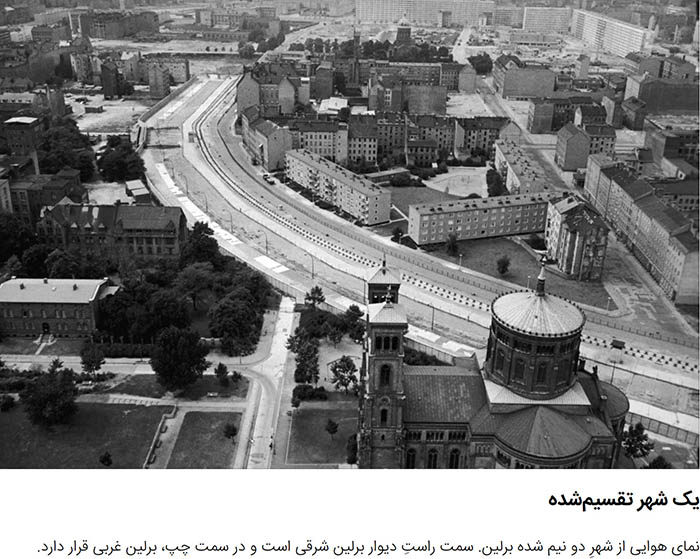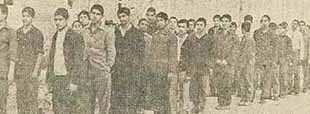On 9 October 1989, the police and army units were given permission to use force against those assembled, but this did not deter the church service and march from taking place, which gathered 70,000 people.The longtime leader of East Germany, Erich Honecker, resigned on 18 October 1989 and was replaced by Egon Krenz that day.The wave of refugees leaving East Germany for the West kept increasing. By early November refugees were finding their way to Hungary via Czechoslovakia, or via the West German Embassy in Prague. This was tolerated by the new Krenz government, because of long-standing agreements with the communist Czechoslovak government, allowing free travel across their common border. However, this movement of people grew so large it caused difficulties for both countries. To ease the difficulties, the politburo led by Krenz decided on 9 November to allow refugees to exit directly through crossing points between East Germany and West Germany, including between East and West Berlin. Later the same day, the ministerial administration modified the proposal to include private, round-trip, and travel. The new regulations were to take effect the next day.
Fantastic pictures of the construction stages of the Berlin Wall
[custom_adv]

